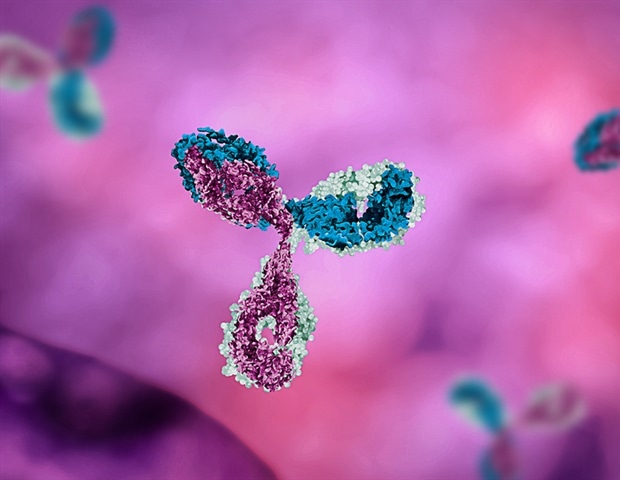
In ailments like Parkinson’s and Alzheimer’s, particular proteins misfold and clump collectively, forming poisonous aggregates that harm mind cells. The method of proteins spontaneously clumping is named protein aggregation and researchers have developed novel strategies to generate aggregate-specific antibodies as particular probes or modulators of the aggregation course of.
This new methodology overcomes vital challenges in characterizing these advanced and infrequently transient protein constructions. The work will likely be introduced on the 69th Biophysical Society Annual Assembly, to be held February 15 – 19, 2025 in Los Angeles.
Most pathological aggregates, known as oligomers, are troublesome to check with conventional strategies, on account of their fleeting nature and structural variability. Antibodies, recognized for his or her exact goal binding, supply a strong software for investigating these constructions, however producing antibodies in opposition to such transitory targets has been a significant hurdle.
This new platform integrates computational design and directed evolution to develop new antibodies, that are then screened for his or her capacity to bind to focus on aggregates or inhibit aggregation course of. “We are able to considerably velocity up the method of discovery and manufacturing, which may save time and assets,” mentioned Francesco Aprile, PhD, Affiliate Professor in Organic Chemistry at Imperial Faculty London, who led the examine.
Utilizing this platform, Aprile and colleagues efficiently generated single-domain antibodies (nanobodies) focusing on intrinsically disordered proteins, or proteins that aren’t outlined by one particular three-dimensional construction, however which can be always altering. “What these intrinsically disordered proteins do is that they begin to self-assemble and type oligomers and aggregates akin to amyloid fibrils, that are an indicator of Alzheimer’s,” Aprile mentioned.
The nanobodies the researchers developed can goal completely different assemblies of amyloid-beta and alpha-synuclein, proteins related to Alzheimer’s and Parkinson’s ailments, respectively. These nanobodies can present precious insights into what makes these proteins type poisonous oligomers.
Our platform represents a big advance in our capacity to check protein self-assembly. By effectively producing nanobodies in opposition to these difficult targets, we will now delve deeper into the mechanisms underlying these processes and their function in illness.”
Francesco Aprile, PhD, Affiliate Professor in Organic Chemistry, Imperial Faculty London
Importantly, the analysis has recognized particular areas inside amyloid-beta and alpha-synuclein that might be promising therapeutic targets. This discovery opens new avenues for drug growth aimed toward treating Alzheimer’s and Parkinson’s.
Aprile famous, “By focusing on these key protein assemblies, we could possibly gradual and even forestall illness development.”

